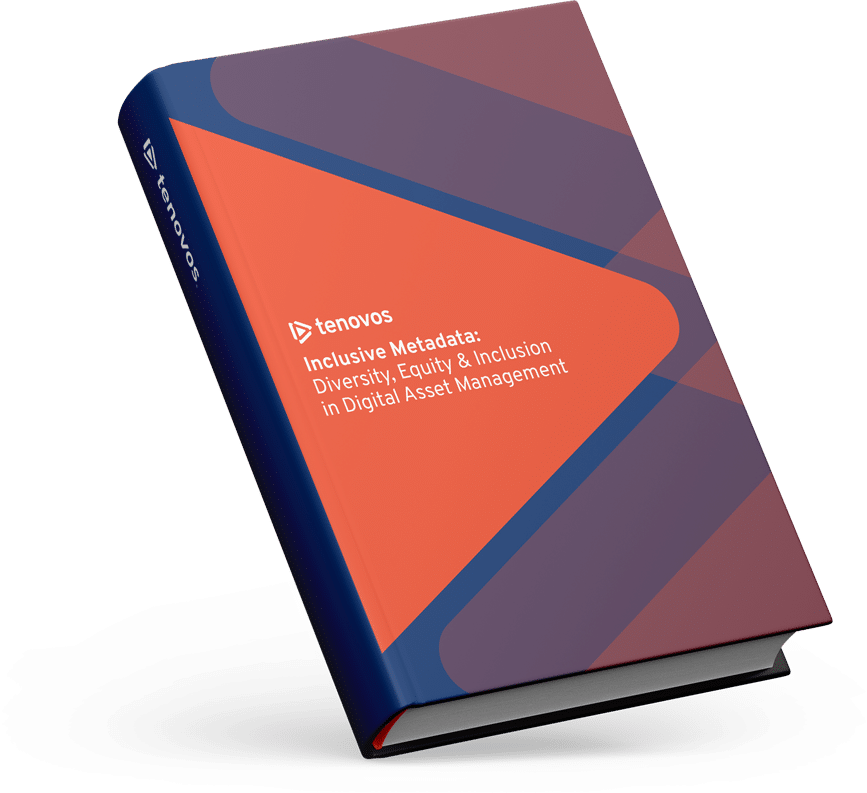
A Guide to Diversity, Equity and Inclusion in Digital Asset Management
Learn how to make your DAM a more diverse, equitable and respectful system with inclusive metadata.
Gain insights into how your content reflects the diversity of your brand, and improve the DAM experience for users with this free, step-by-step guide, authored by DEI Metadata Consultant, Sharon Mizota.
Inclusive Metadata: A Guide to DEI in DAM covers:
Why applying a DEI lens is important in DAM (hint: your assets reflect your brand)
Defining inclusive metadata
Four core DEI principles to apply to your DAM
Three DEI-related metadata issues you’re likely to encounter and how to handle them
Who should take responsibility for a DEI approach to DAM and what they can do
Best practices and helpful resources
PREVIEW









